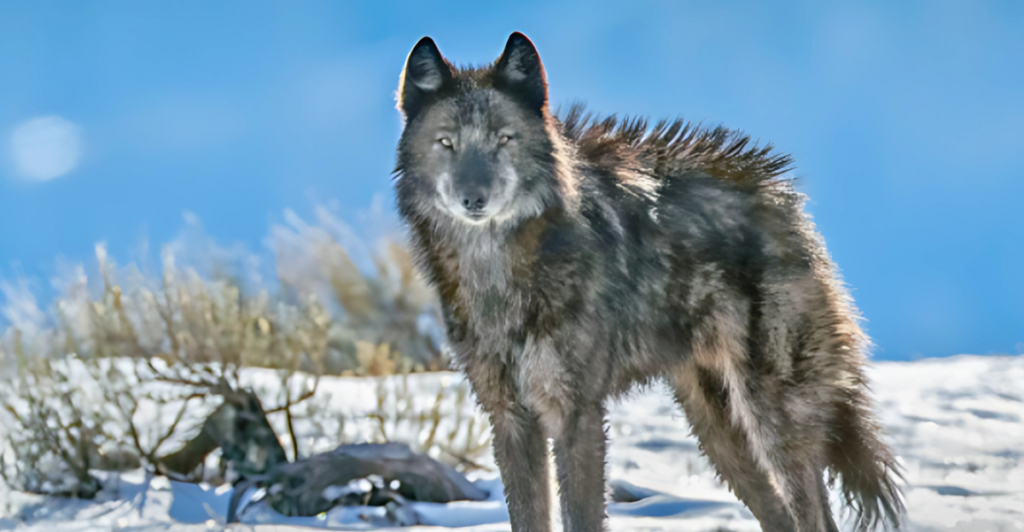
Wolves are a keystone species throughout the United States and the rest of the world. They dramatically impact their environment, and Yellowstone National Park is now different. However, this predator was missing from the park for decades due to a variety of factors, including conservation neglect. Without the wolves, there was a noticeable impact on the surrounding environment.
Overpopulation Of Elk
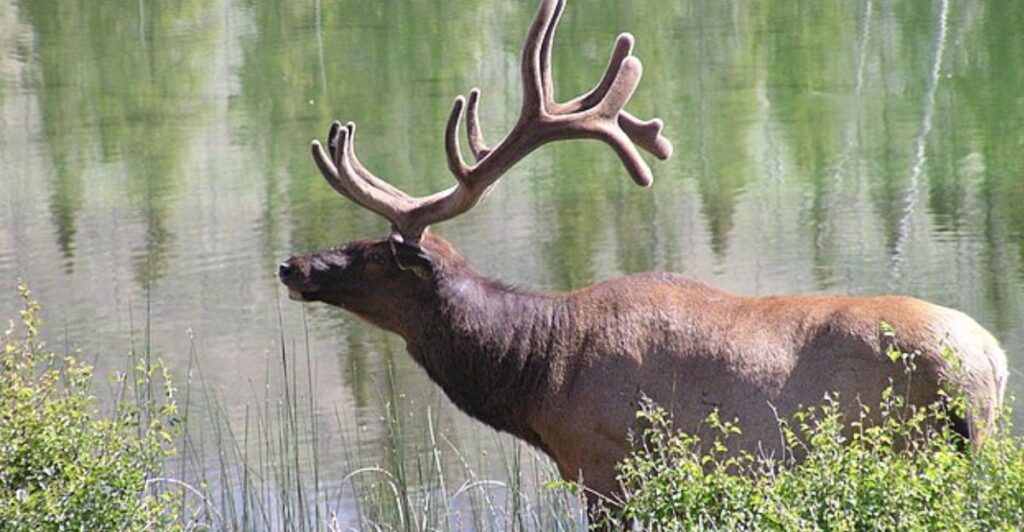
Elk are usually kept in check by wolves who prey on them. This means that the elk population is normally controlled, and they can’t overgraze on willows and aspens that fulfill crucial roles along the riverbanks. In the absence of these predators, the elk ran rampant in the park, destroying local vegetation and plant life.
Vegetation Destruction

Vegetation in Yellowstone National Park have an important role to play in the ecosystem. They contribute to healthy soil and prevent soil erosion near water sources. Water quality goes down without plant species keeping soil erosion in check, and local fish populations suffer as a result. The food chain is delicate and needs all populations to establish a foothold inside of it to keep each other in check. With elk overgrazing, all other species suffer.
Bringing The Wolves Back
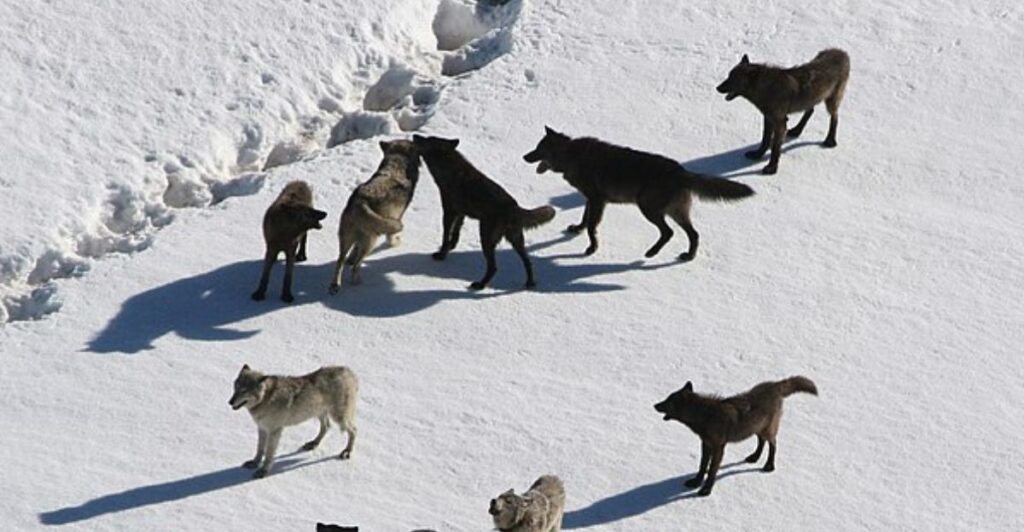
Conservationists noticed that many habitats inside of Yellowstone were suffering, and they pinpointed the issue. Their keystone predator species was missing. Thankfully, action was taken in the 1990s and a program to bring the wolves back was started. Gray wolves were captured and humanely transferred into Yellowstone in the hopes that their return would balance the ecosystem.
The Plan
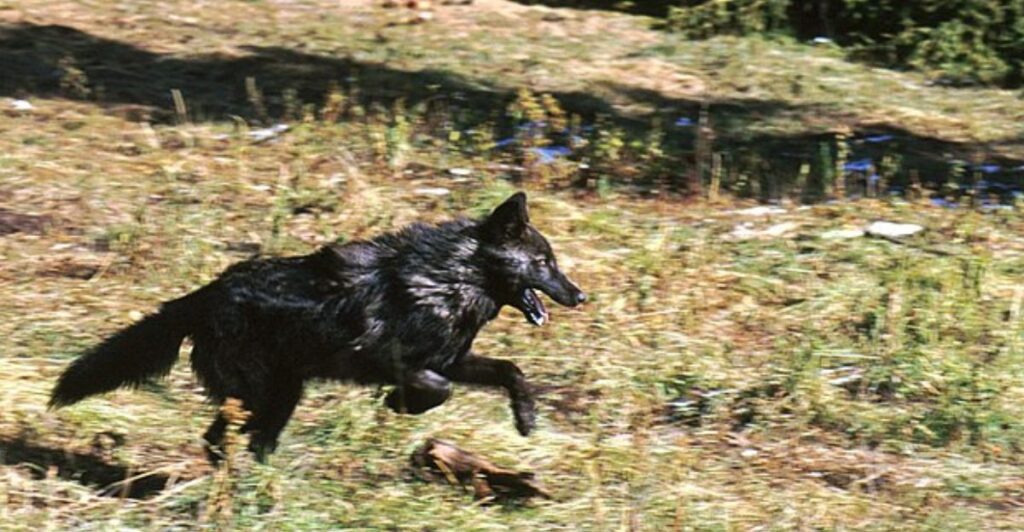
Without any wolves, many species in the park were in danger of dropping in numbers or dying out entirely. Thankfully, scientists took notice, and their plan was simple. They hoped that a small population of Grey wolves taken from Canada and brought into Yellowstone’s borders would keep the elk population in check and, in turn, save many struggling species. The results were awestriking.
The Results
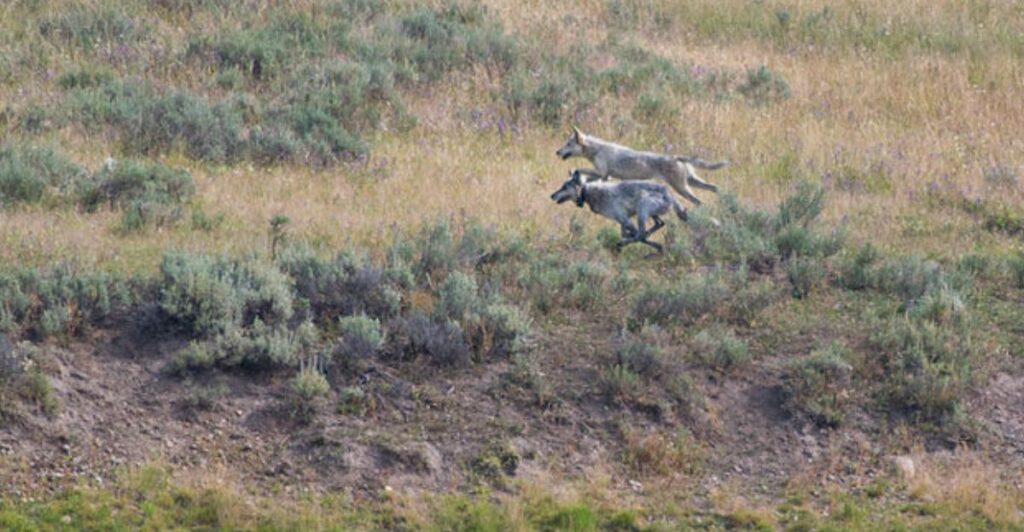
The impact of the wolves was unknown until they were let loose in Yellowstone’s borders. Upon their return, it was noted that the elk immediately recognized their old predators and were more cautious about grazing in open areas near riverbanks. This meant that the vegetation that was so crucial to soil and water quality could recover. These effects were only the start.
Vegetation Bounced Back
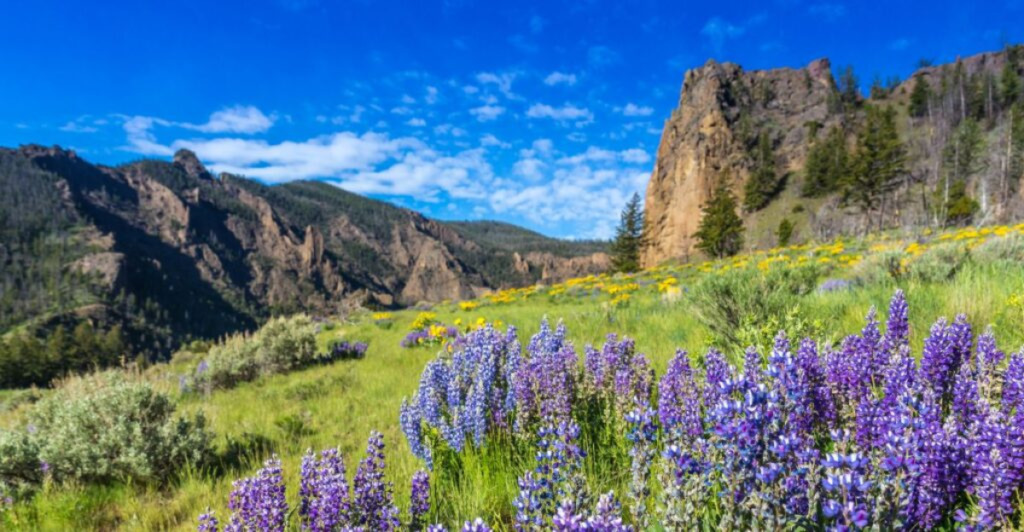
With the elk population controlled, the vegetation population was allowed a chance to bounce back. Many species, including aspen and willow, recovered. Forests were lush and flourishing once again, which provided a habitat for many small mammals. Birds and insects thrived with these changes as well. The ecosystem was returning to its natural order, all thanks to the wolves.
Beavers Make A Return
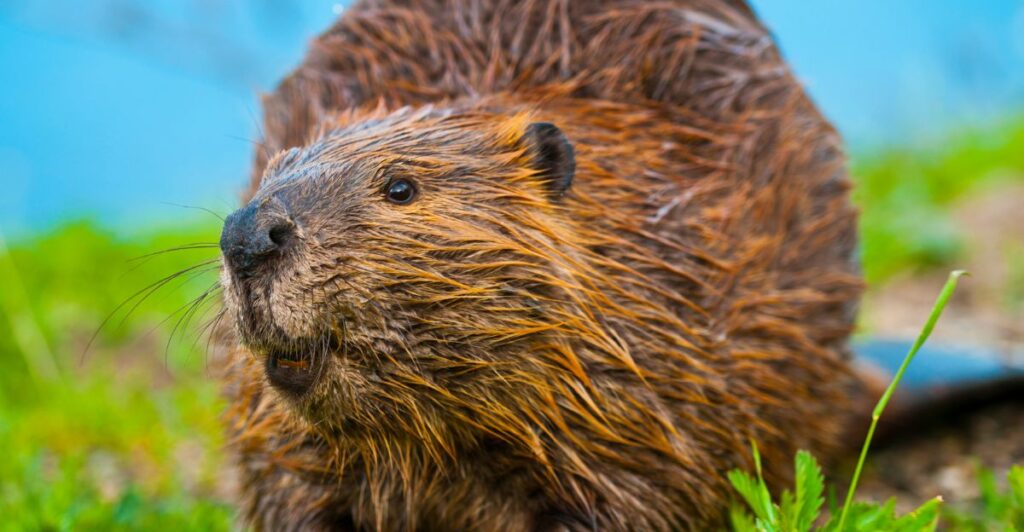
As willow and aspen trees came back, they marked the return of beavers, who relied on them for their inner bark and leaves as a source of food. Using these trees, they also started doing what they do best, and dams were built along the rivers. This, in turn, creates entire new ecosystems like wetlands and ponds. These new habitats were ideal for amphibians and waterfowl, whose numbers started to rise.
Scavengers Arrive
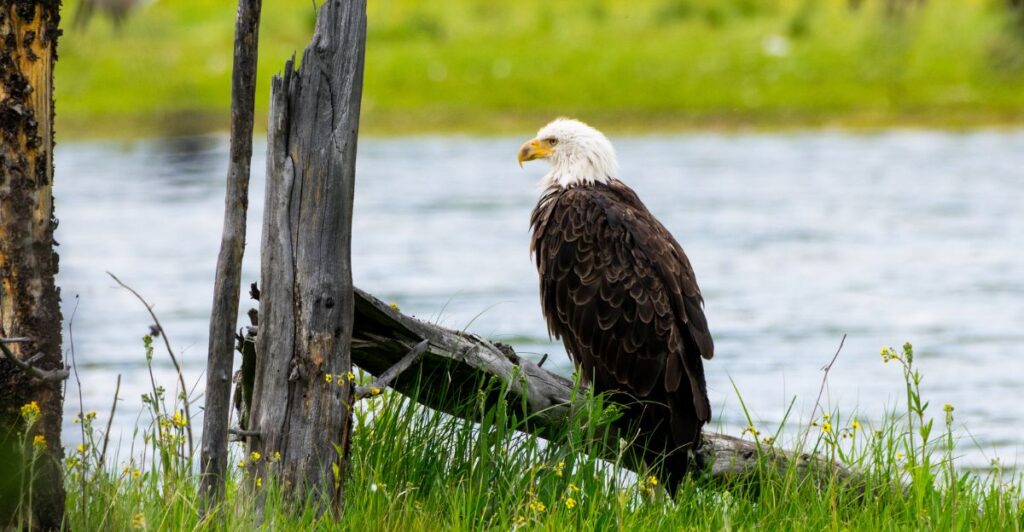
With the absence of wolves, elks didn’t have many natural predators. This not only spelled doom for plant life but also for scavengers as there was little carrion. With wolves returning, they controlled the elk population and left their carcasses for many important species like coyotes, eagles, and ravens. If carrion is available, even bears will hungrily feast if there is little other food available.
Unexpected Effects
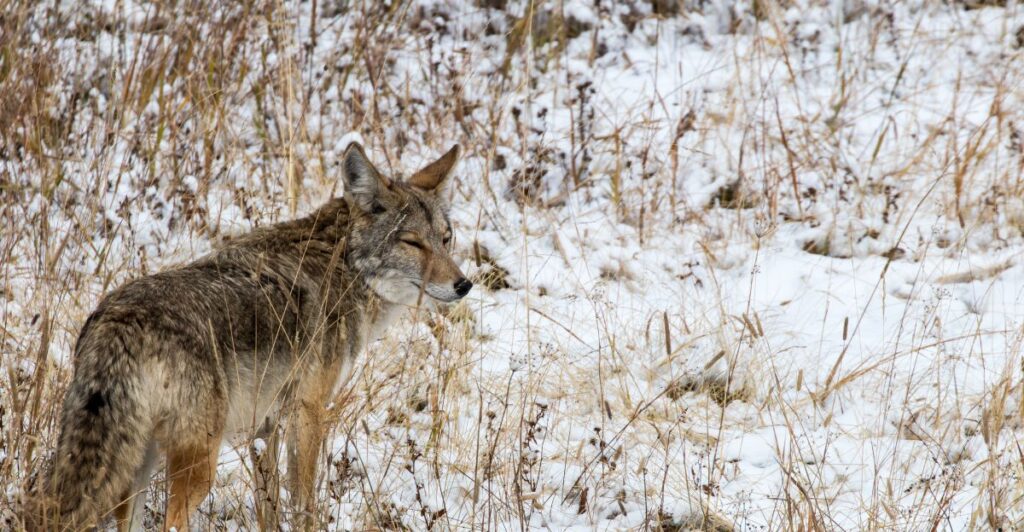
The return of the wolf had other unexpected effects. Another predator that ran unmatched in the wolves’ absence was the coyote, who prey on pronghorn and antelope populations. With the wolves coming back, they clashed with coyotes, which meant that their numbers were lower. This meant that the coyotes’ prey grew in numbers.
Greater Rivers
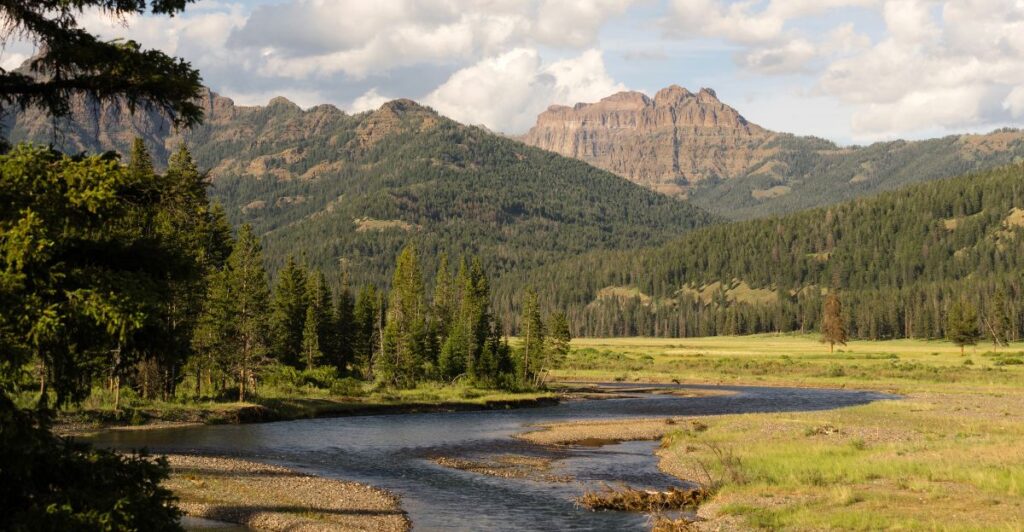
Rivers and their water rely heavily on the surrounding vegetation to strengthen the soil with their roots and prevent soil erosion through water retention. As these plant species thrived again, rivers changed significantly. Without the vegetation, the rivers were shallow and wide. With the vegetation, they became much deeper and winded more. This provided a new ecosystem for many aquatic, semi-aquatic, and amphibious animals.
The Birds’ Renewal
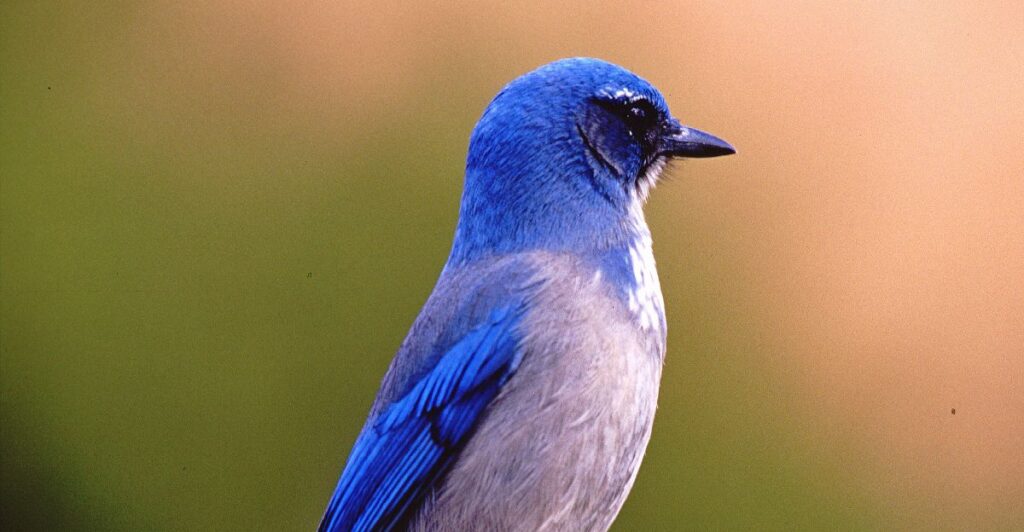
With the return of trees and lush greenery in Yellowstone, migratory birds saw a suitable environment where they could nest once again. The forests were once again echoing with the chirps of the songbirds and many other species, calling out to all around them that Yellowstone was thriving again for the first time in decades.
20 Years Later
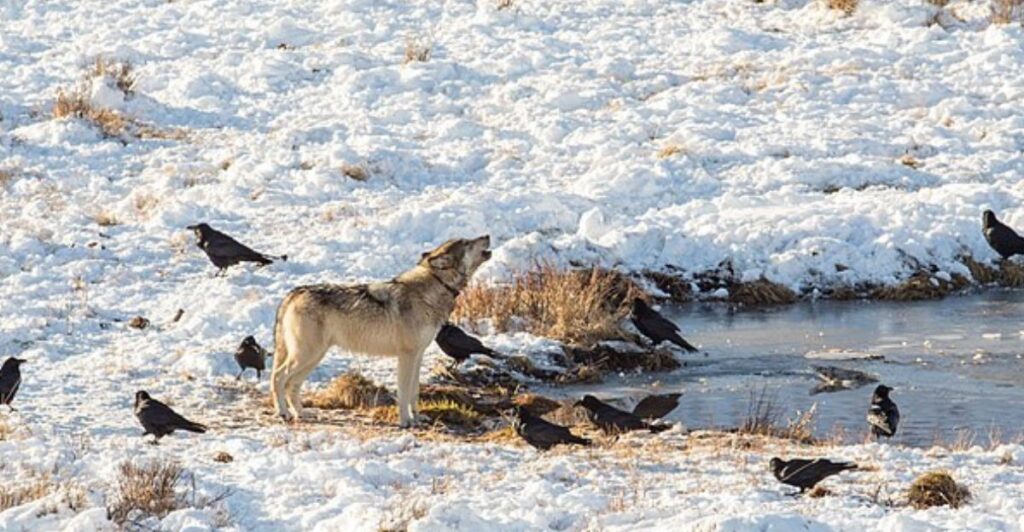
Yellowstone has seen a dramatic change in its ecosystems in the near 3 decades that the wolves have been back. The food chain has been reestablished, with the wolves on top, and the natural order of everything else fallen neatly into place. The park hasn’t been this diverse for decades and its habitats may be the most resilient they have ever been. The recovery is still ongoing, and the future will hopefully show us even more of what the park has to offer.
Unsung Heroes
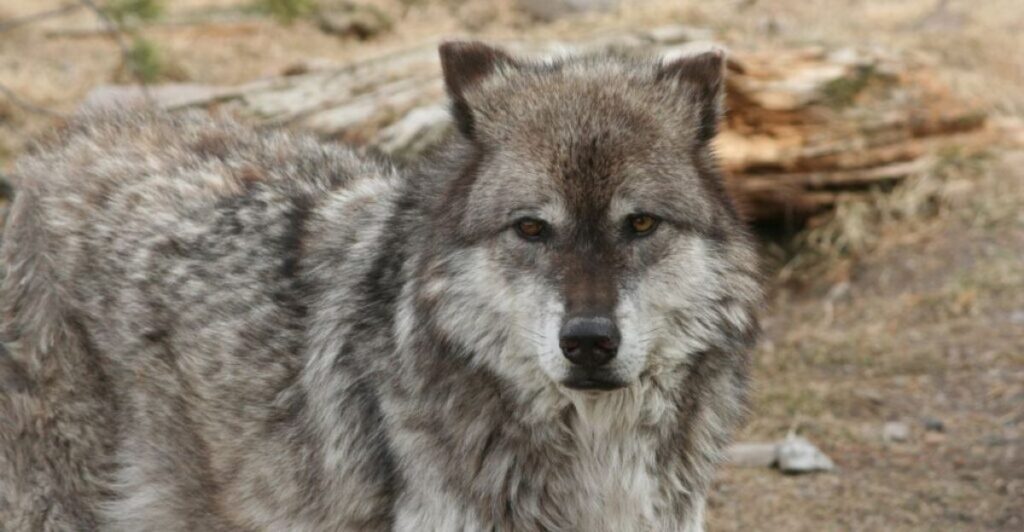
The biodiversity that we see today is all thanks to the wolves at Yellowstone National Park, who have established a local population there since their reintroduction. They are truly unsung heroes who need more recognition and support, as their species are still critically endangered in many parts of the United States. They have aided in many species recovery – its only fair that we try to help them the same way.
Explore more of our trending stories and hit Follow to keep them coming to your feed!

Don’t miss out on more stories like this! Hit the Follow button at the top of this article to stay updated with the latest news. Share your thoughts in the comments—we’d love to hear from you!







